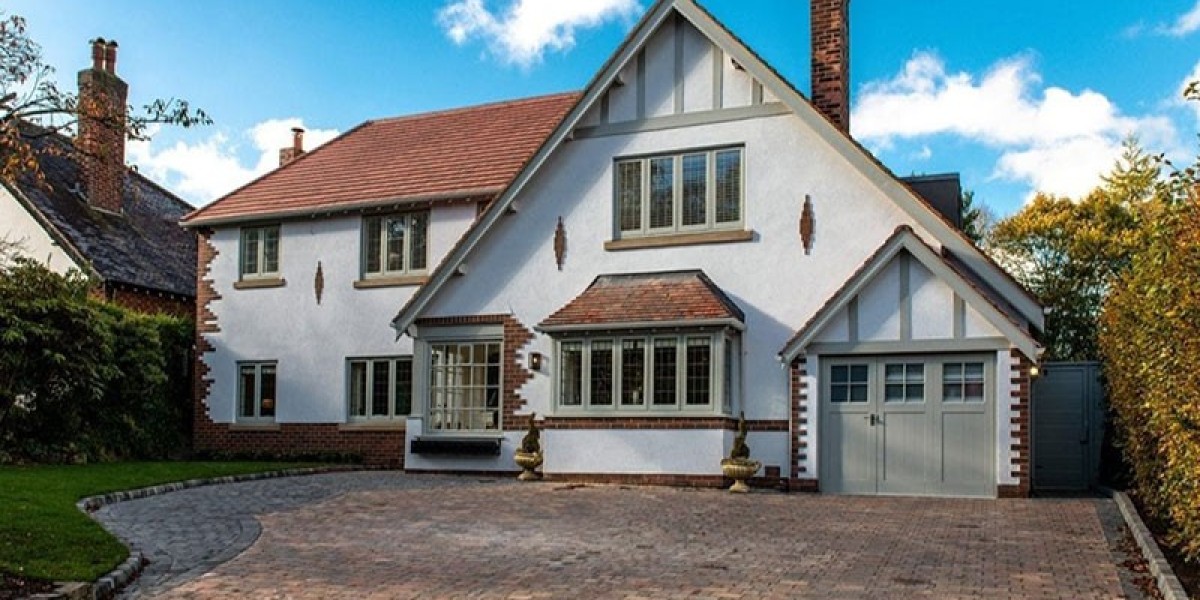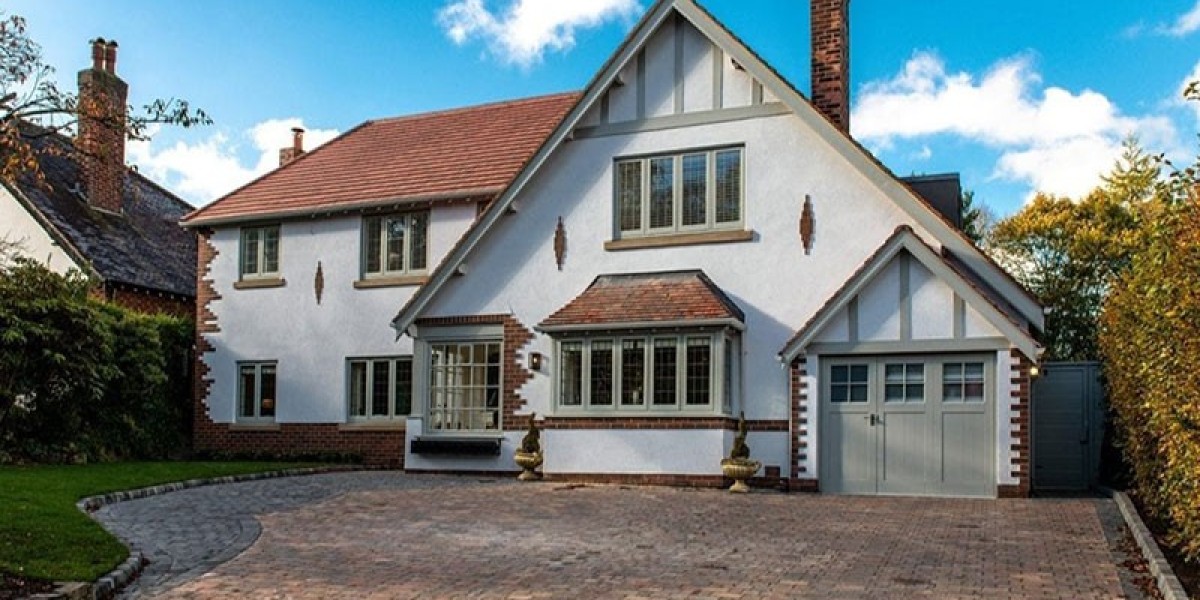Replacing windows in your home is a significant investment that can enhance both the aesthetic appeal and energy efficiency of your property. Regardless of whether you want to replace outdated windows or simply want to improve your home's insulation, understanding the window replacement process is essential. This article will guide you through the key aspects of window replacement, including the benefits, types of windows, the replacement process, and maintenance tips.
Benefits of Window Replacement
One of the primary reasons homeowners choose to replace their windows is to improve energy efficiency. Old windows often have drafts that can lead to increased heating and cooling costs. By replacing them with modern, energy-efficient windows, you can significantly reduce your energy consumption and save money in the long run.
Additionally, new windows can enhance the comfort of your home. They can help maintain a consistent indoor temperature. This is particularly important during extreme weather conditions, as new windows can provide better insulation.
Another advantage of window replacement is the boost in curb appeal. New windows can transform the look of your home. This not only makes your home more enjoyable to live in, but it can also increase its resale value.
Types of Windows
When it comes to window replacement, there are several types of windows to choose from, each with its own unique features and benefits. The following are some common types of windows:
- Double-Hung Windows: These windows feature two sashes that slide up and down, allowing for ventilation from both the top and bottom. They are easy to clean and offer a classic look.
- Casement Windows: These windows are hinged on one side and open outward. They are ideal for hard-to-reach areas and can be easily operated with a crank.
- Sliding Windows: These windows feature sashes that move side to side. They are easy to operate and require minimal maintenance.
- Awning Windows: They are great for rainy climates as they allow ventilation while keeping rain out. They can be combined with other window types for added design flexibility.
- Picture Windows: Picture windows are stationary and http://littlebournebenefice.org.uk/littlebourne-benefice-hosts-a-memorable-community-gala/ offer expansive views of the outdoors. They can be paired with operable windows for ventilation.
The Window Replacement Process
The window replacement process can be broken down into several key steps:
- Assessment: Start with an evaluation of your existing windows. Look for signs of damage, drafts, or condensation between the panes.
- Choosing New Windows: Next, consider the different styles and materials that suit your home's design and energy needs.
- Selecting a Contractor: It's important to hire a qualified professional for the installation. Look for reviews, ask for recommendations, and ensure they are licensed and insured.
- Installation: During installation, the contractor will remove the old windows and install the new ones. Proper installation is key to ensuring energy efficiency and preventing future issues.
- Finishing Touches: After installation, the contractor will apply trim and insulation to ensure a tight seal.
Maintenance Tips
To ensure your new windows last for many years, regular maintenance is essential. Here are some tips to keep your windows in top shape:
- Clean Regularly: Use a mild detergent and water to clean the glass and frames regularly.
- Inspect Seals: Look for any gaps or cracks in the seals that could lead to drafts.
- Lubricate Moving Parts: For windows that open and close, lubricate the hinges and tracks periodically.
- Address Issues Promptly: Don’t ignore signs of issues; fix them as soon as possible.









